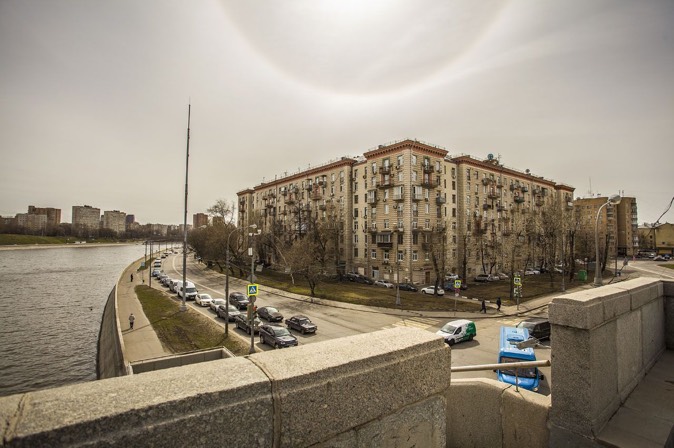Derbenevskaya embankment
Derbenevskaya Embankment is a kind of transition from the historical part of pre-revolutionary Moscow to its more modern districts. This promenade is neither promenade nor front. It is designed for people in a hurry on business, and traffic jams are common during rush hour. It houses many business centers and modern buildings, as well as the Novospassky business quarter, which is located in the buildings of the former Emil Tsindel cotton printing factory.
Once upon a time, the best cotton fabrics in Russia were produced here. Unfortunately, the historical red-brick buildings of the factory, built at the end of the 19th century, are not visible from the embankment, but only the gray buildings attached to it in Soviet times are visible. Most of the houses along the embankment are residential buildings of the 60-70s of the last century.
However, there are also buildings related to culture: on three floors of building No. 7, building 31, there is a museum and exhibition complex of the Institute of Russian Realistic Art. The museum's collection contains several thousand masterpieces of Russian national painting of the 20th century. The collection is based on the private collection of businessman Alexey Ananiev.
Derbenevskaya Embankment, like Derbenevskaya Street, owes its name to the ancient Derbenevka tract, the first mention of which dates back to the XIV century. In general, it is customary to call a tract an area that is somewhat different from nearby territories - it falls out, so to speak, from the general landscape. It can be a forest area located among endless fields or some other natural formation.
If everything is clear with the concept of “tract”, then one can only guess about the history of its name. It is not known for certain how the word Derbenevka should be interpreted. Some scientists studying the history of Moscow and its environs believe that the name of this area comes from the name of a person to whom it belonged many centuries ago. Others tend to argue that this name comes from the Old Slavic word “derba” or “derbin”, which in the old days was called arable land covered with impassable shrubs or forest. There is also a third version, according to which the word “wilds” is involved in the origin of the name — perhaps it was once a kingdom of lush vegetation and wildlife.
Address
nab. Derbenevskaya
Address
nab. Derbenevskaya
Address
nab. Derbenevskaya
Website
Derbenevskaya embankment
Website
Derbenevskaya embankment
Website
Derbenevskaya embankment
Source
https://kudago.com/msk/place/derbenevskaya-naberezhnaya/
Source
https://kudago.com/msk/place/derbenevskaya-naberezhnaya/
Source
https://kudago.com/msk/place/derbenevskaya-naberezhnaya/


